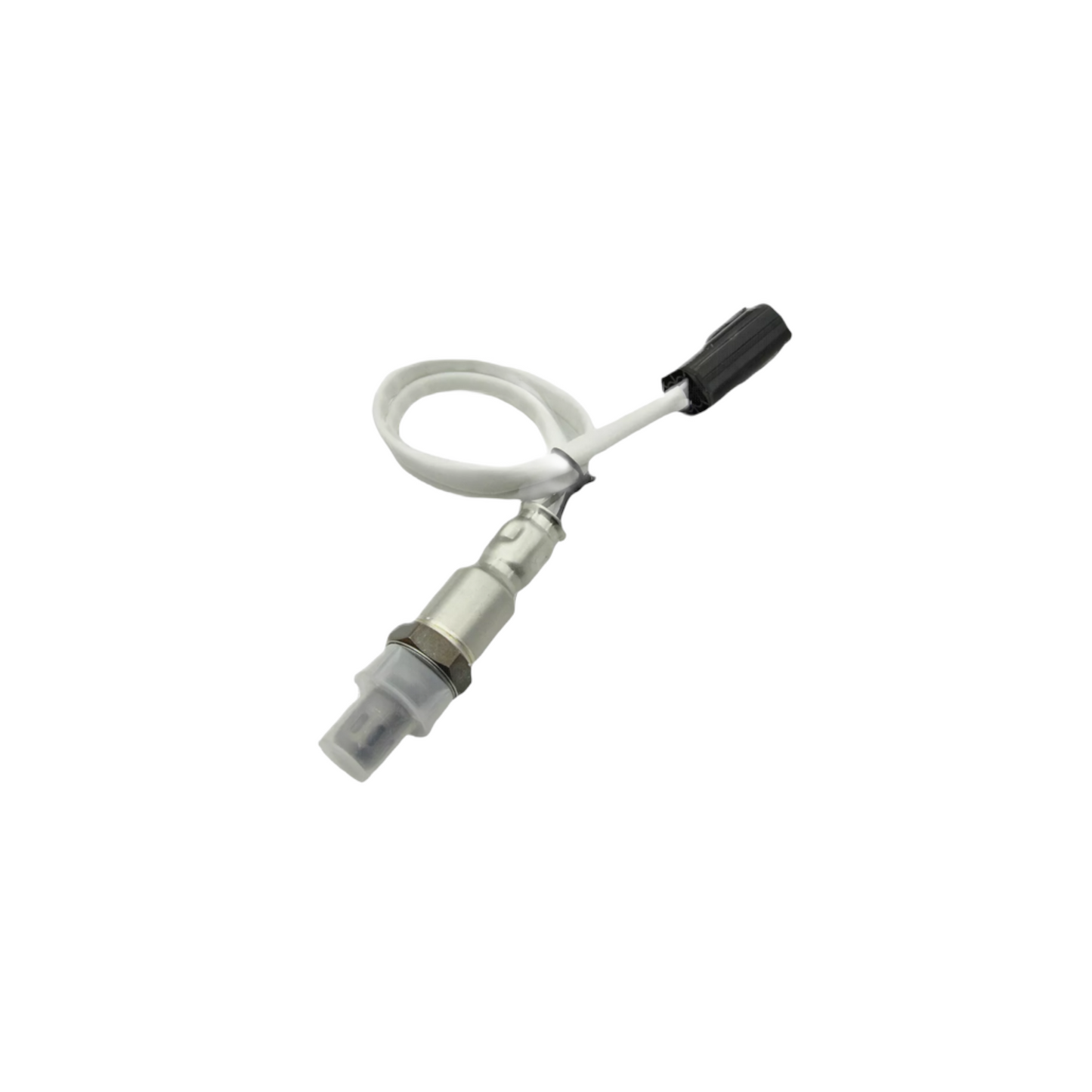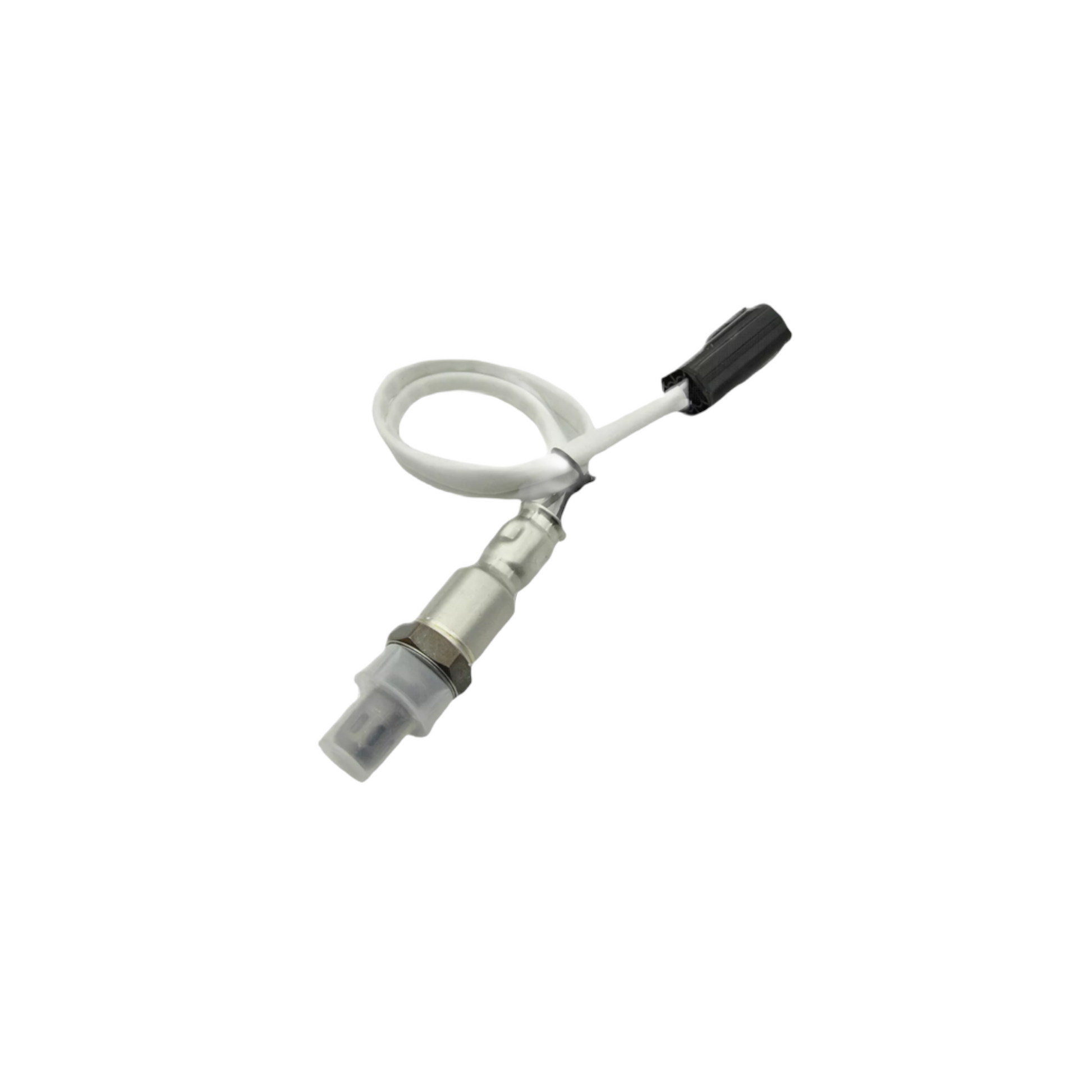VQPLUG
G37/370Z/Q60 VHR Downstream Oxygen Sensor (02 Sensor) | OEM Replacement VQ37VHR
Couldn't load pickup availability
Downstream O2 Sensors for 2008-2013 Infiniti G37 & 2009-2020 Nissan 370Z
Ensure your vehicle’s emissions system operates efficiently with these high-quality OEM replacement downstream O2 sensors for the 2008-2013 Infiniti G37 and 2009-2020 Nissan 370Z. These sensors monitor the oxygen levels in the exhaust gases after passing through the catalytic converter, allowing the ECU to adjust the air-fuel mixture for optimal performance and reduced emissions. If you’re experiencing a check engine light, poor fuel economy, or trouble codes like P0420 (Catalyst Efficiency Below Threshold), replacing these sensors can restore your vehicle’s performance and emissions control.
Features:
• OEM Quality: Direct replacement sensors for reliable and long-lasting performance.
• Improved Efficiency: Helps the ECU optimize fuel economy and reduce harmful emissions by monitoring exhaust gases.
• Durable Construction: Engineered to withstand high exhaust temperatures and harsh conditions.
• Fix Common Issues: Resolves problems such as engine hesitation, poor acceleration, and failed emissions tests caused by faulty sensors.
• Easy Installation: Direct-fit design for a hassle-free replacement.
Specifications:
• Sensor Location: Downstream (Post-Catalytic Converter)
• Part Numbers: Typically 22690-1KT0A or 22690-1KT0B (verify fitment for exact compatibility).
Compatibility:
• Infiniti G37: 2008-2013
• Nissan 370Z: 2009-2020
• Infiniti Q60 VHR: 2014-2015
Note: These sensors are designed for the VQ37VHR engine and are not compatible with older VQ35DE or VR30 engines.
What do downstream O2 sensors do?
Downstream O2 sensors, also known as post-catalytic converter oxygen sensors, monitor the oxygen levels in the exhaust gases after they pass through the catalytic converter. Their primary role is to ensure that the catalytic converter is functioning efficiently by detecting how well it’s reducing harmful emissions. This information is sent to the engine control unit (ECU), which uses it to adjust the air-fuel mixture and maintain optimal engine performance. If the downstream O2 sensors fail, it can trigger a check engine light, reduce fuel efficiency, or cause the vehicle to fail emissions tests. Replacing faulty downstream sensors ensures your engine runs efficiently, emissions stay within legal limits, and fuel economy is maintained.

Have a Question About This Product?
A VQplug Specialist Will Reply Via Email and Respond Within 24 Hours

